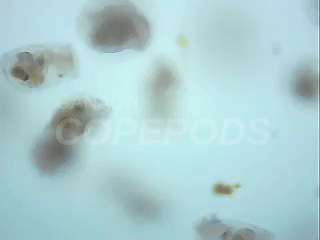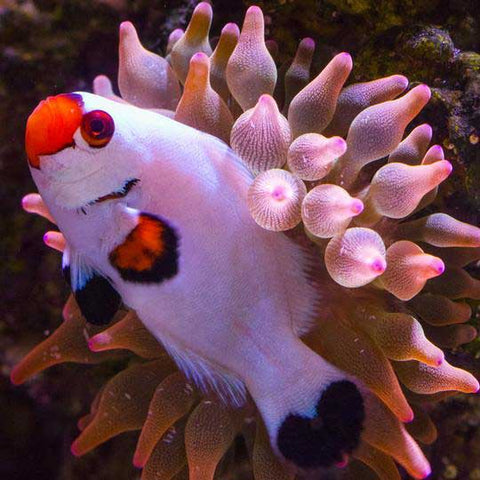1. What Are The Benefits Of Seeding My Tank?

REPRODUCING NATURAL FOOD SOURCE:
If enough Copepods and Rotifers are added to your aquarium and fed regular doses of Phytoplankton, they will reproduce and create a sustainable live food source for your Fish, Corals, and other Inverts. Copepods, Rotifers, and Phytoplankton are the foods that many of your reef inhabitants would eat naturally in the wild.
CLEAN-UP CREW:
Copepods and Rotifers eat decaying food, algae, and other organic matter, cleaning your tank and reducing tank maintenance.
FEED FINICKY EATERS:
Some fish, such as Mandarinfish, Clownfish, and Wrasses, can be very picky eaters. Copepods and Rotifers provide these fish with the live prey they are naturally inclined to chase and eat in the wild.

MORE ACTIVE, HEALTHIER FISH:
Live natural prey will promote increased health and activity of the animals in your saltwater aquarium by providing them a more natural diet and allowing them to hunt.
MORE VIBRANT FISH AND CORALS:
A live diet of Copepods, Rotifers, and Phytoplankton has been shown to promote more vibrant colour in fish and corals compared to non-live food sources.
INCREASED BIODIVERSITY:
Introducing live Copepods and Rotifers to your aquarium will boost biodiversity from the bottom of the food chain up, resulting in a more natural, diverse ecosystem.
2. How Much Zooplankton Does My Tank Need?

There are a few factors to consider when Seeding Your Tank with Live Copepods and Rotifers:
1. HOW LARGE IS YOUR TANK?
The larger your aquarium is, the less dense your copepod and rotifer populations will be, making it more difficult for them to reproduce. As a result, larger tanks require more zooplankton to successfully seed a reproducing population. Our baseline recommendation is to add 1-2 ounces of Zooplankton Blend for every 1 Gallon of system volume. This amount can vary based on #2 and #3 below.
2. HOW MANY PREDATORS ARE IN YOUR TANK?
An important factor to consider for successfully seeding your tank is how many predators there are, and how much those predators eat. For tanks that have fewer predators it will be easier to seed a sustainable, reproducing zooplankton population, while for tanks with many predators the tank may require extra Copepods and Rotifers to achieve population sustainability.
3. HOW GOOD IS YOUR TANK FOR HIDE AND SEEK?
Without safe places to hide Copepods and Rotifers will have difficulty consistently reproducing. The more live rocks and other structures that provide hiding spots for your zooplankton, the more likely they are to successfully and sustainably reproduce in your tank. For systems that have a refugium, we recommend that half of your Zooplankton Blend be added directly to the refugium, where the Copepods and Rotifers can safely reproduce.
3. How Do I Seed My Tank?
1. Open your bottles of Zooplankton Blend and allow them to come to room temperature.
2. Turn off the lights, skimmer, return pump and all other equipment.
3. If you have a refugium, add 50% of the Zooplankton Blend you received to your tank and 50% to the refugium. If you don't have a refugium, add 100% of the Zooplankton Blend directly to your tank.
4. Feed your tank Phytoplankton Blend every two days, with the skimmer off for one hour after feeding. Add 0.1 oz of medium concentration phytoplankton per 30 gallons of water in your tank or 0.1 oz of high concentration phytoplankton per 300 gallons of water in your tank. Keep Phytoplankton Blend frozen or refrigerated between feedings.
5. Enjoy your tank's natural ecosystem! Adding more copepods to your tank every 3 months may help to bolster your zooplankton population as your tank matures.


This is just what I have been looking for. Thank you for this informative blog post! :)